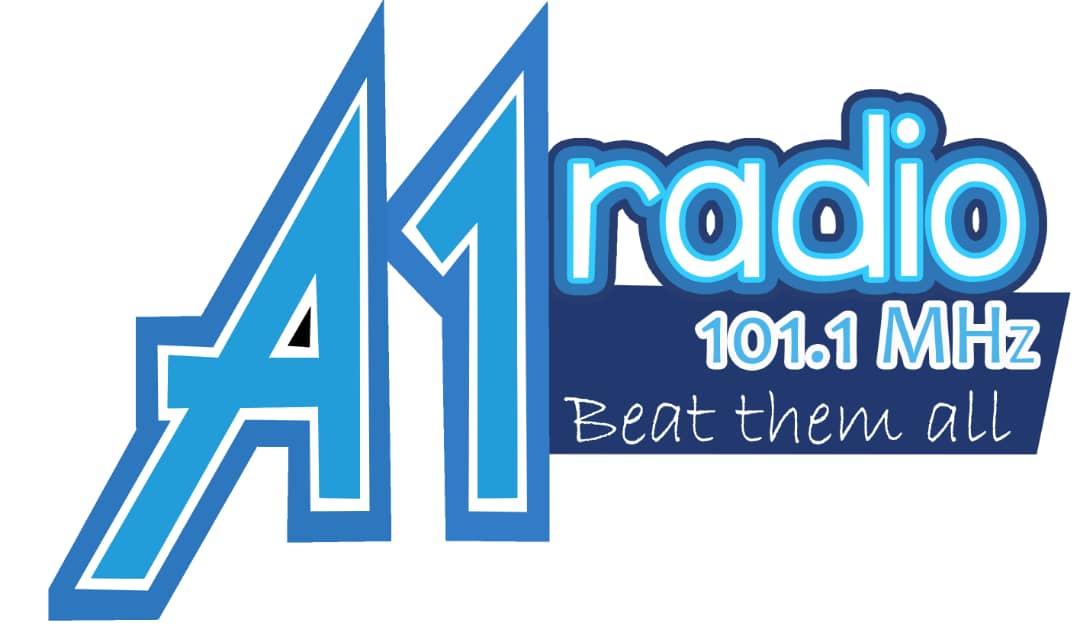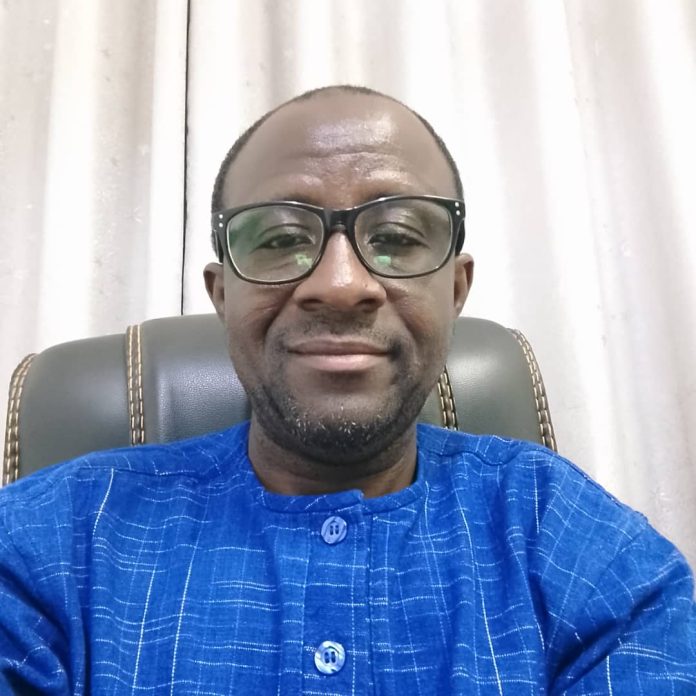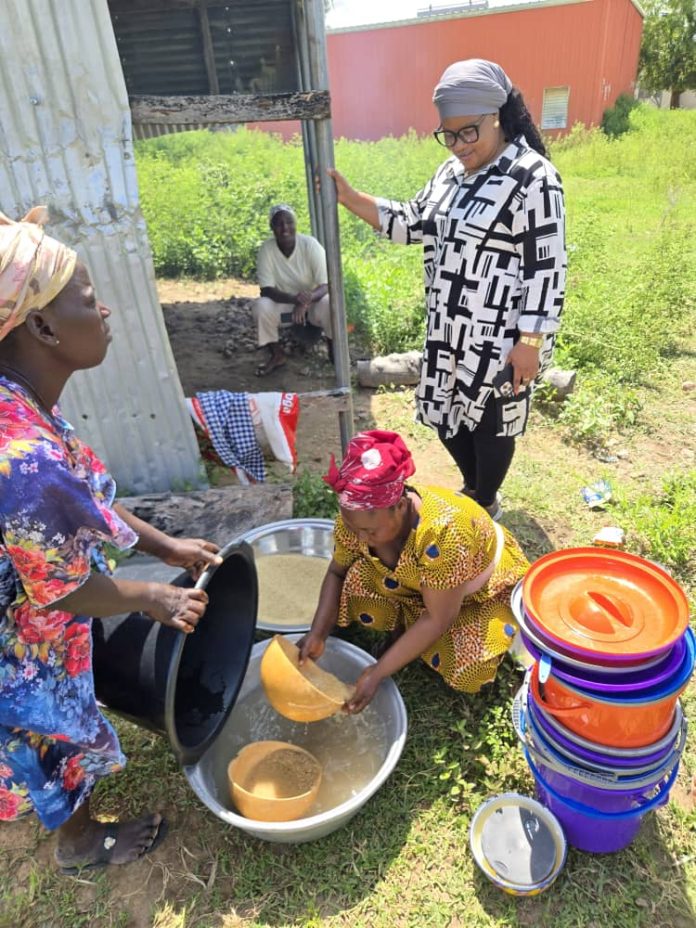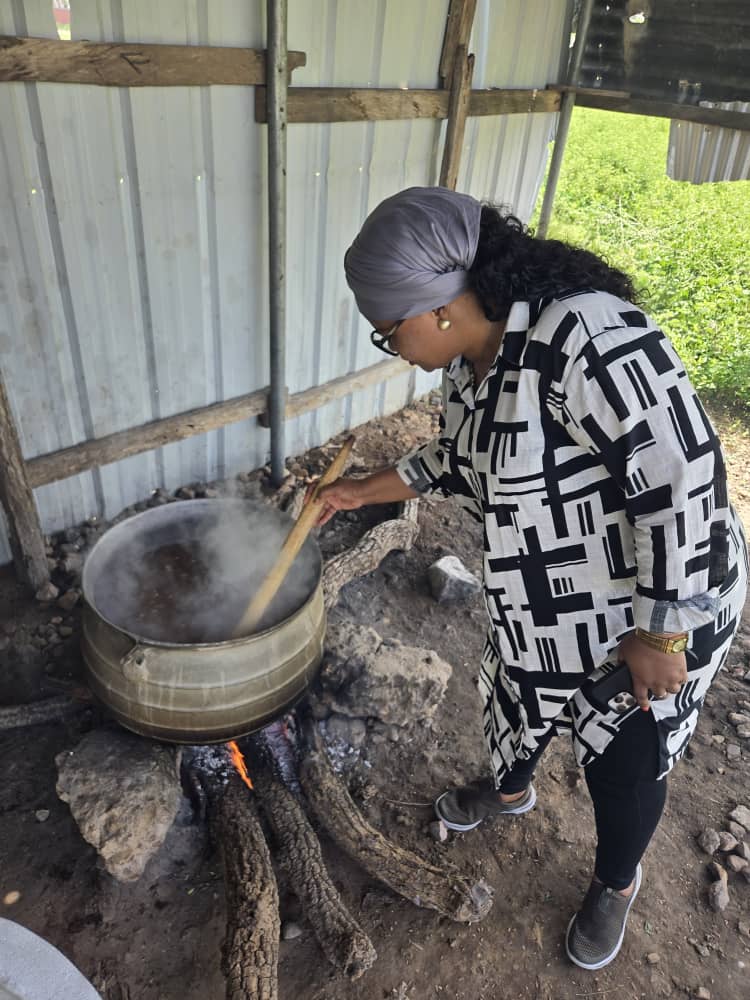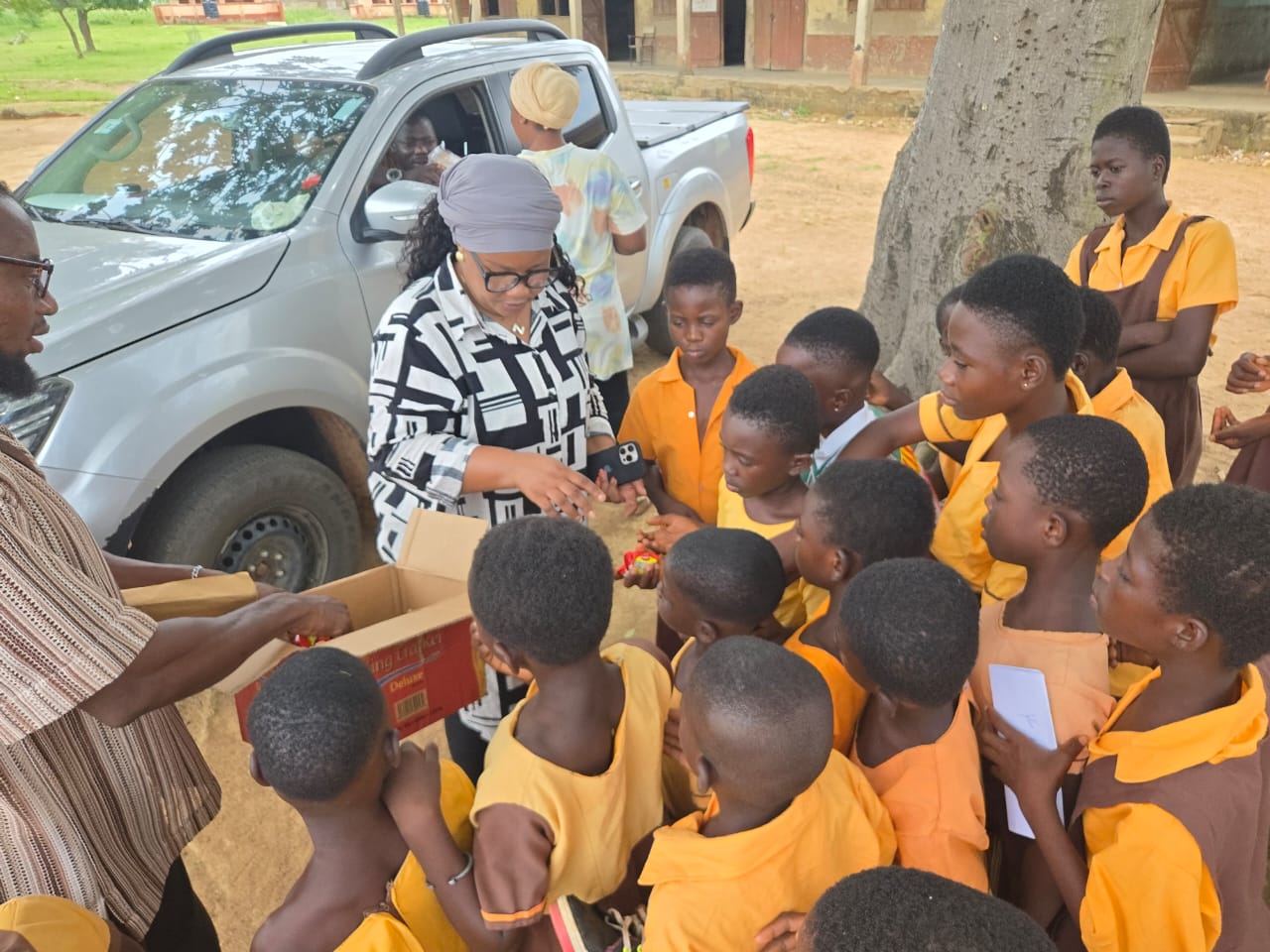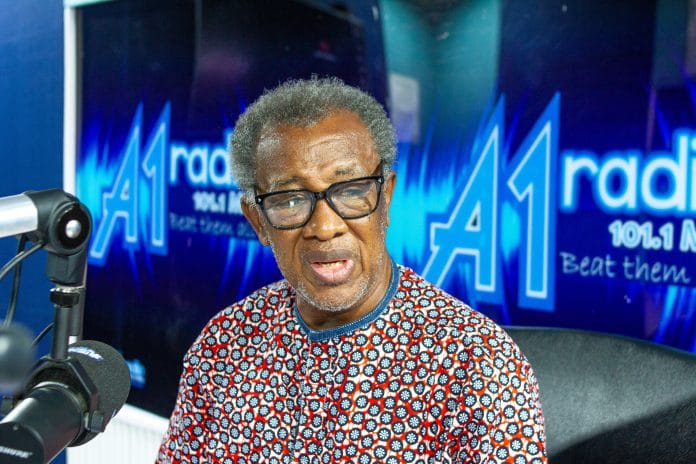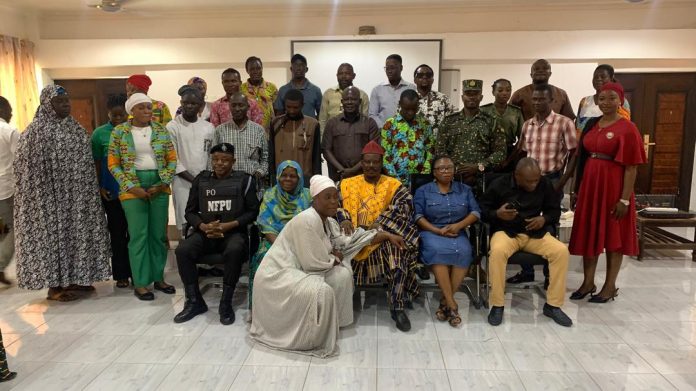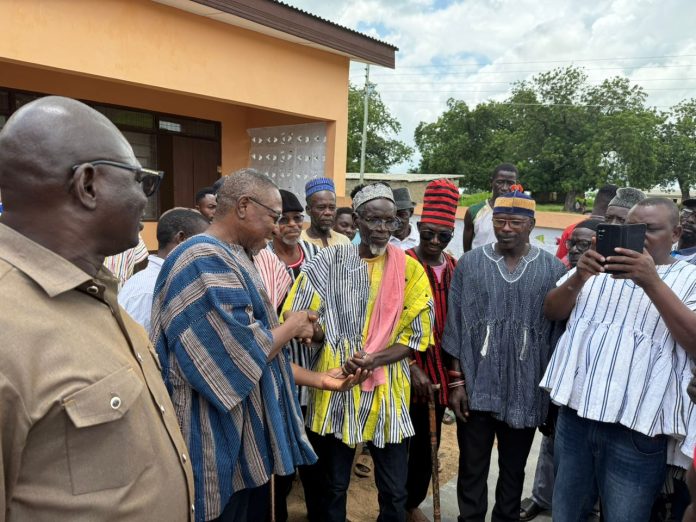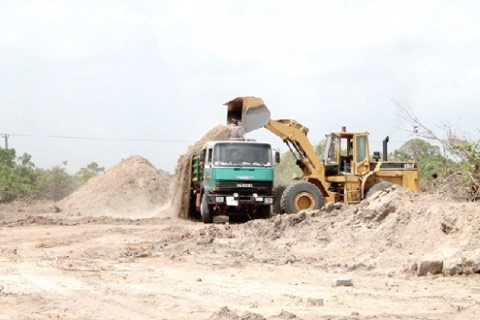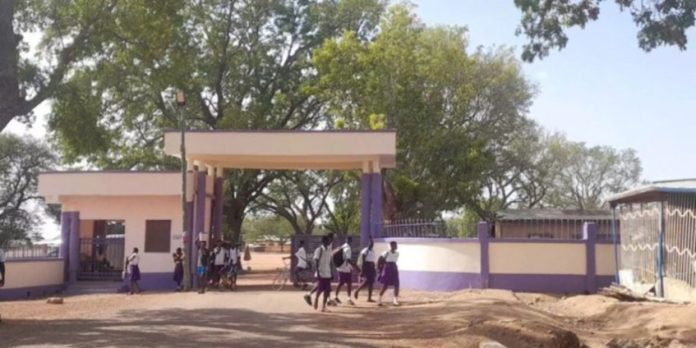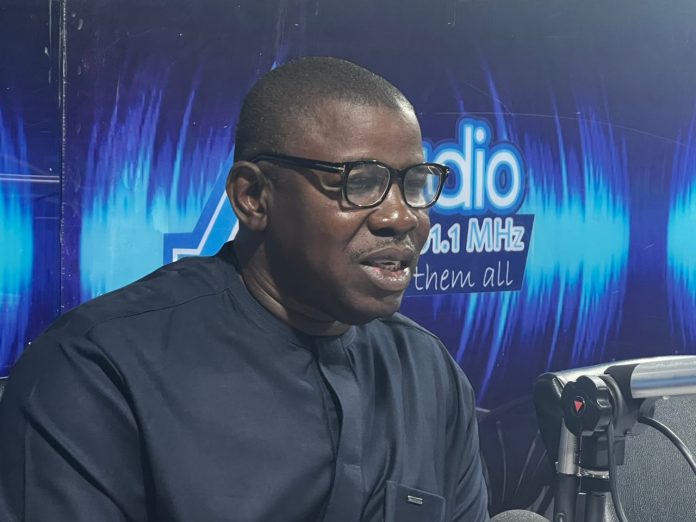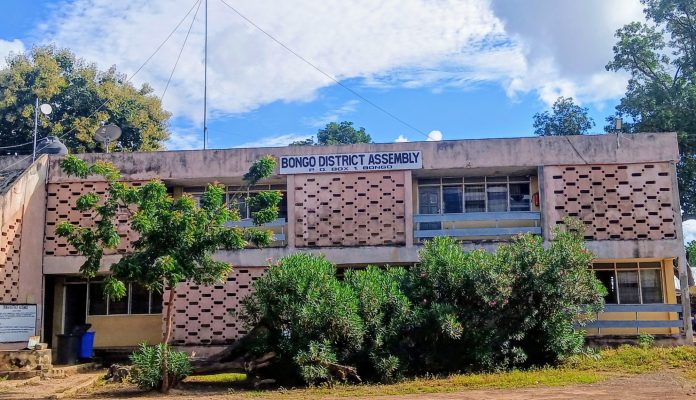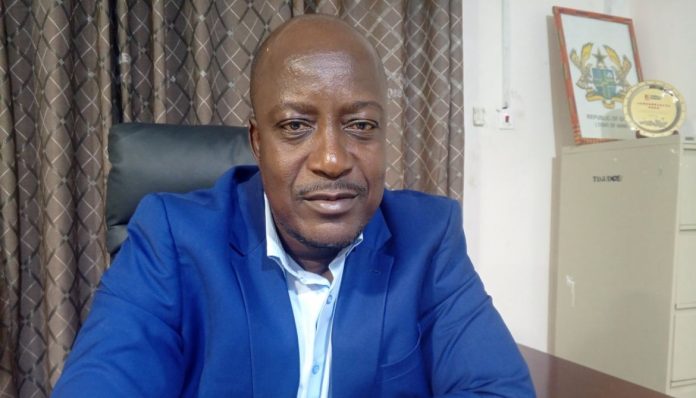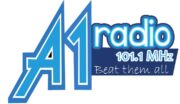Ghana is a multilingual country in West Africa with over eighty indigenous languages spoken, with English as its colonial language used across the country and in its educational system. These indigenous languages provide identity to the people and have some meaning and historical importance to them. In fact, the unique characteristic of the indigenous languages in Ghana is that two or more languages could have similar words and pronunciation with the same meaning.
Example, Twi and Fante, Dagbani and Manprusi (Manpruli), Talen and Nabd, Grune and Nankane, and others. This aspect of the culture of the people reflects some level of connectivity throughout the country. The spelling and the pronunciation, and meaning of most of these languages have been corrupted due to our coexistence with the colonial masters, and therefore threatening this identity connection of the people of Ghana.
It is not too late for us to begin to correct our identities and history for posterity. This article intends to correct the public literature on the language spoken by the people of the Upper East Region. I listened to an interview conducted by Citi FM on 25th August 2025 with the Honourable Member of Parliament for the Talensi constituency, Honourable Daniel Dung Mahama, where he indicated that the people of the Upper East Region speak Frafra, which is wrong, and I think it was an opportunity for him to have corrected this wrong literature.
Upper East Region is one of the oldest and the third smallest region in Ghana, created in September 1983 with Bolgatanga as its capital town and saturated with splendid tourism sites such as the Upper East Regional Museum, Sirigu Pottery and Arts Center, Bolga market, Bolgatanga Craft Village, Paga crocodile pond, Tongo Hills, and Tengzug shrine, among others.
The region occupies a total land surface of 8,842 square kilometres, representing about 2.7% of the total land area of Ghana, and has 15 districts with about seven major traditional languages, which are Nankani, Bisah, Kusal, Nadam (Nabd), Kassem, Gurune, and Talensi (Talen). Besides the multilingual feature of the region, the region is also well known for its unique festivals such as Samanpiid, Goleb (Golog), Fao, Kuure, Feok, Zekula, Boaram, Tengana, Daa, and Ndaakoya festivals.
On this note, the Upper East Region has different traditional languages; however, there is none known as ‘Frafra’. Frafra was derived from the colonial misinterpretation of the Gurene greeting ‘Yɛ farafara’, which literally means ‘excuse me’ or ‘hello’ or ‘I greet you’.
Though literature associates Frafra with the dialects of Gurenɛ, Nankani, and Boone, and sometimes Nabd (Nabdam/ Nabit) and Talen, which is asserted to be a Frafra dialect, traditionally, there is no language spoken by any tribe in the Upper East region known as Frafra, and neither does the word ‘Frafra’ have any meaning to the people of the Upper East Region.
Tijani Ndanyenbah
Finance and Legal Consultant
Gorogo Community
